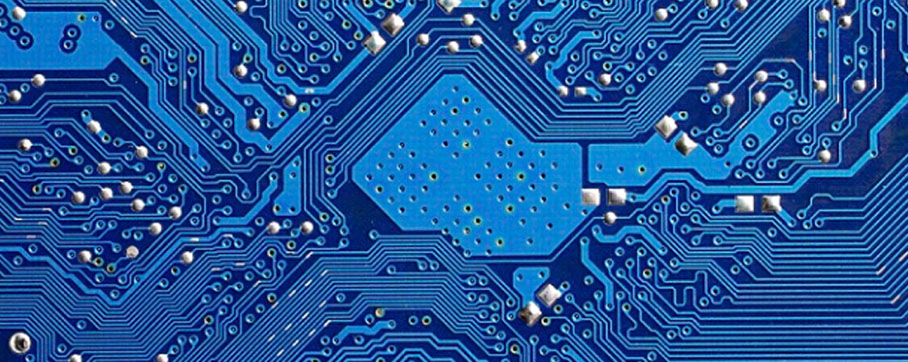Last Ask-Away-Friday, I received the following question:
‘Which PCB Design Rules should I adhere to in order to get a decently manufacturable PCB?’
Because the answer can only be given for a specific design, I will give a bit more general answer. That answer comes down to not making things smaller than they need to be. It strongly depends on the kind of design and application what the optimal design rule settings should be. I will try to indicate the ball park for the design rules.
PCB Design Rules that everyone can produce
- Track/Gap: 250 µm
- Via Pad Diameter: 1000 µm
- Annular Ring: 225µm
- Unconnected PTH Clearance (Inner Layer): 300 µm
- Drill Diameter: 600 µm
- Drill Aspect Ratio: 8
- Hole to Hole Clearance: 250µm
- Solder Mask Expansion: 0, let the PCB manufacturer decide Solder Mask Sliver: 250 µm
- Silk to Solder Mask Clearance: 350 µm
- Silk Features: 300 µm
- Component Clearance: 500 µm
Design Rules that every serious PCB manufacturer can make (but will be more expensive)
- Track/Gap: 100 µm
- Via Pad Diameter: 450 µm
- Annular Ring: 125µm
- Unconnected PTH Clearance (Inner Layer): 200 µm
- Drill Diameter: 200 µm
- Drill Aspect Ratio: 15
- Hole to Hole Clearance: 250µm
- Solder Mask Expansion: 0, let the PCB manufacturer decide
- Solder Mask Sliver: 200 µm
- Silk to Solder Mask Clearance: 250 µm
- Silk Features: 150 µm
- Component Clearance: 250 µm
Additional Tips and Guidelines
Like I said, don’t make anything smaller than is strictly necessary. It is tempting to use small trace widths and vias, because it eases the lay-out process, but it will yield an expensive PCB. Do not go below 150 µm trace width and 600 µm via pad diameter. Don’t use the smallest trace width for every connection; there is nothing against connecting a 250 µm pad to a 600 µm via with a 250 µm trace, and it looks good too. Small IC’s are very nice, but they soon push you to the limits of manufacturability. Do not use a component pin-pitch below 500 µm.
Check your footprints before starting the PCB-design process. The components that you use are leading to the PCB technology that you will have to use. The dimensions of the pads indicate the required track/gap distance. If you use BGAs with many balls, a 6 or more layer PCB may be necessary. Smaller BGAs can be used on 4-layer boards and sometimes even single layer boards.
By default, a via has the same pad diameter on every layer. Reduce the pads on layers where the via is not connected to the drill diameter + 50 µm. This leaves more space for routing or copper fills.
Whenever possible, use Altium’s IPC-compliant Footprint Wizard. It delivers very producible footprints for a very wide variety of components.
Bear in mind that you EDA-program refers to finished hole sizes, whereas a PCB manufacturer thinks in drill bit diameters. A via with a 300 µm finished hole size will be drilled with a 350 µm or even 400 µm bit. In that case, the annular ring design rule should be satisfied as well.

